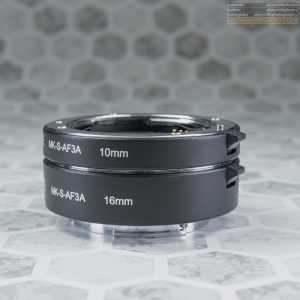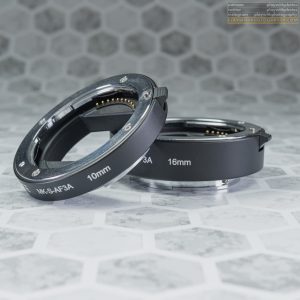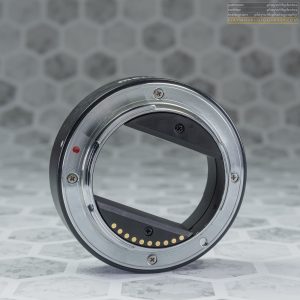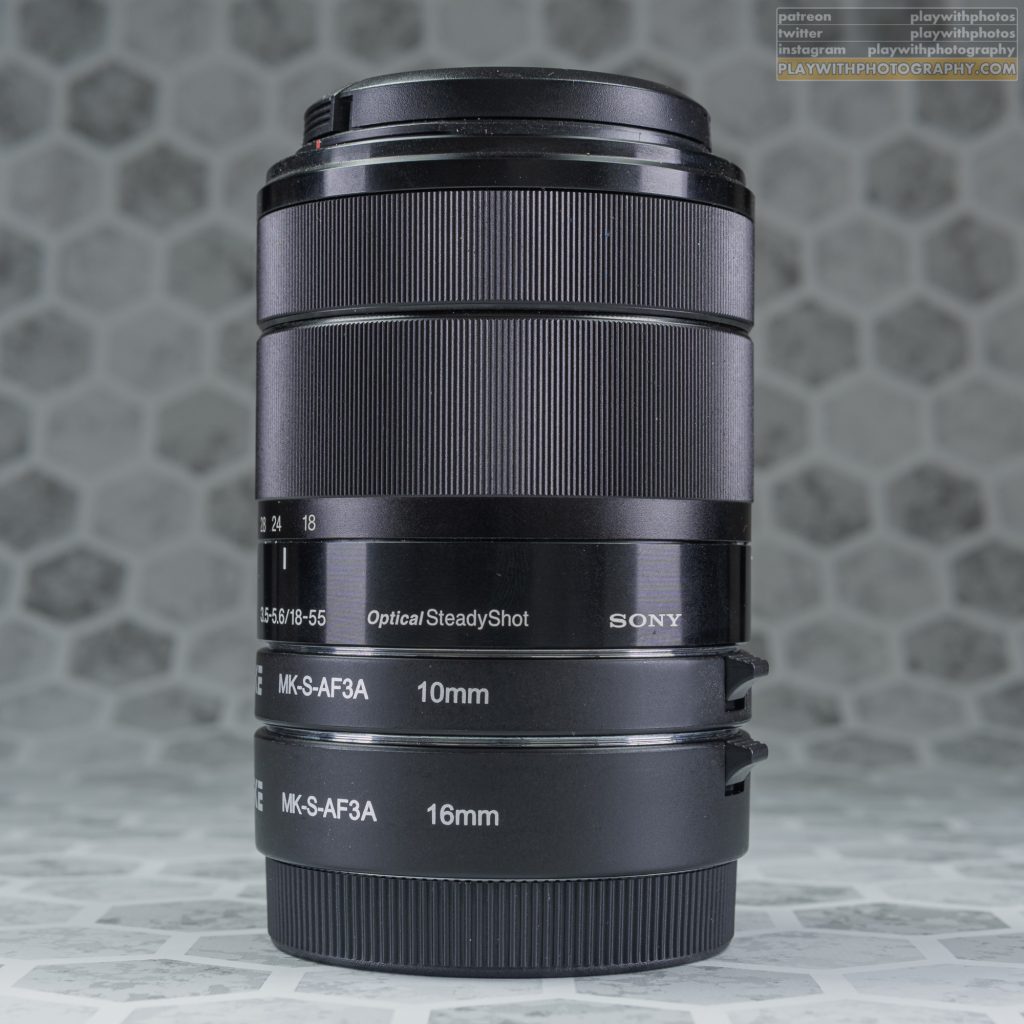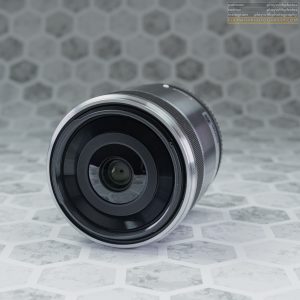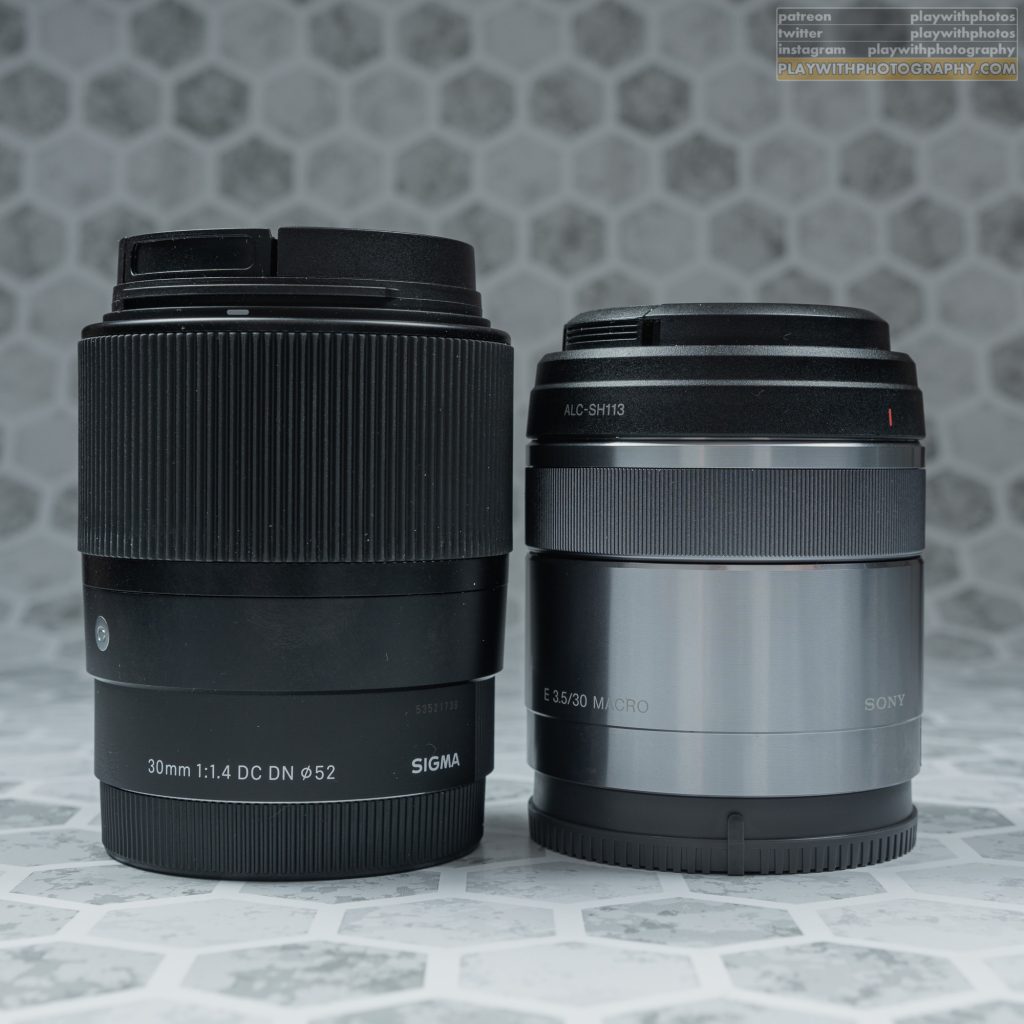You need to drive a nail, but you don’t have a hammer. You might be able to bind a rock to a sturdy stick and get to hammering, but it doesn’t mean what you have is a very good hammer. And this is surprisingly applicable to macro photography.
First up, what is macro photography? The most generally accepted definition is 1:1 magnification of a subject. So let’s say you’re focusing your camera on a grain of rice. For most lenses, the magnification ratio is between around 1:5 and 1:7 or so. The grain of rice only appears on the sensor at maybe 15, or if you’re lucky 20% of its actual size. In macro, you’re projecting that grain of rice on the sensor so that it fills up a grain-of-rice-sized area on the sensor. In camera sensor terms, that’s a lot of area, generally!
There’s two main ways to get macro shots. Well, that’s not exactly true. Quite a few compact-style cameras have minimum focusing distances of an inch or less, and can get some pseudo-macro results. Like, they might not all pass the 1:1 test, but they can get within very close range and still lock focus, giving a respectable magnification. The Canon Powershot G9X I used to use had a close-focusing distance of an inch, and it was pretty good for getting small details. The even older model Powershot I used before that could focus potentially even closer, though its sensor was smaller and more inferior, so the benefit of that was debatable. For phone cameras, macro, or macro-like potential is a toss up, but I wouldn’t count on it too much because of how compact the lens arrangement and all needs to be.
With interchangeable lens cameras, you have two main ways to get to macro levels. Obviously, you can buy a macro lens that is made for the very purpose of reproducing images at 1:1 (or occasionally even 2:1 or more! but those are unusual cases) and you’re off to the races. But you know, camera lenses are generally pretty expensive, and boy howdy macro lenses even moreso. There has to be a cheaper way! And there is! They’re called extension rings, or sometimes extension tubes.
These pull a regular lens a little further away from the sensor plane, making it possible to focus closer to a subject. These tend to come in sets of two or sometimes three. Better ones have metal contacts so that the camera can still communicate with the lens for things like autofocus and photo data. There’s also something called reversing rings, where you’re able to attach a lens to your camera backwards and this can also give a macro-like effect, but that has a lot more drawbacks, and is generally not at all recommended in a reality that has extension rings, so we’re not going to go down that road. It seems like if you can spend less than $40 for a set of extension rings and get close focusing, there’s no point in having macro lenses at all, right? If only it were that simple…
Using extension rings is a trade. You gain much closer focusing, but you lose literally all other focusing. See, the extension rings create a situation where the lens can focus within a very narrow distance from the sensor. Anything further away can’t be brought in focus, nor can anything closer. This isn’t a case of having an inch or two of depth to work within, this is more like a half centimeter at best. Even stopping down to a very narrow aperture won’t increase the effective focusing range much, if at all. With an extension ring or two attached, you can only shoot at macro ranges.
But you know, as long as you don’t mind switching the rings on and off as you go, that’s not even such a bad drawback. Gotta be careful not to leave the sensor exposed any longer than you can help, naturally, but that just takes some practice to get to where you can switch the hardware quickly. Shooting with extension rings is really difficult though. The camera, for want of a better way to say it, gets kind of confused. Focus slows down and misses a lot, in my experience. And while there are no glass elements in the rings that might potentially introduce diffusion or other changes to the light, I’ve always found the quality of even properly focused shots with the macro rings to be distinctly lesser than a normal-range shot without them. I suppose your mileage might vary in that regard, but it’s been a consistent observation in my work that the macro lens is sharper, brighter, and gives better contrast and colors. And in the specific combination of gear I use, I can get closer with the macro lens too.
I don’t want to sound like I’m saying to avoid extension rings and never use them for any reason. Quite the opposite. They’re a viable workaround if you simply can’t make a macro lens part of your kit at the time. I used extension rings for years. It took more time and effort to get the results I wanted, but I still basically got there. Though I should add that I found in my admittedly limited ability to test that the macro rings didn’t play nice with every lens. I had the best results with a Sony 18-55 kit lens, usually kept at/near the tight end. My Sigma 30mm which is by all other measures a superior piece of gear was never able to get anything in focus. So it is still possible that a macro ring won’t be an option for you. But I’d bet if you have an interchangeable lens camera, you also ended up with its kit lens.
A macro lens is a whole different experience, though. I bought a used copy of the Sony 30mm f3.5 macro lens a little while ago. It did a lot of work during the various shoots for Photober, so if you looked at any of the galleries and felt like some of the tight detail photos or other extreme closeups looked somehow different than before, that’s probably why. I was able to pick it up for a little over $160. I think even buying a brand new one, it’s the cheapest model of auto-focusing macro lens you can get on Sony E-mount at about $300.
Supporters on Patreon make content (and gear purchases!) like this possible! If you’d like to join, get your name on a gallery credit page, access to early first looks, and help me continue to make more galleries and other assorted nonsense, click here to head to Patreon and sign up!
My Sigma lens is thick, chunky, and feels noticeably heavy. By comparison, the Sony macro feels like a cheap plastic toy. There’s no weight to it, it’s tiny, and the silvered/chromed plastic surface feels like chromed plastic. It’s almost comical. But hot damn does it work. Though there are some interesting oddities I’ve noticed with it.
It’s about half a stop brighter than my Sigma lens despite having a significantly smaller front opening and lens element with which to take in light. This is actually useful though, since it makes it easier to stop down to tighter apertures. The other weird thing is that despite both this and the Sigma calling themselves a 30mm focal length, the field of view on the Sony lens is quite a bit wider given the same distance from the subject. Neither of these are things I would complain about, but they are interesting quirks.
Immediately there’s an advantage to the macro lens, too: You can shoot from non-macro distances. It works just like a normal lens if you want to use it that way. Now since it is meant for macro, it’s probably not gonna be the greatest quality overall when shooting from farther away, but it’s absolutely possible. In a more direct application though, this ability means you don’t need to keep mindful of how far you’ve let your subject get from the lens; you can still focus on it and get the shot, unlike with those extension rings where if you go the tiniest bit outside the useful zone, you’re not getting anything until you close that gap again.
The macro lens also lets me shoot with much, much smaller apertures. If I remember right, this lens will stop down to f22. I would not use it at f22; for one, the aperture is so narrow that you’ll get diffraction effects softening the details of the shot. Plus, I’ve found the lens tends to miss focus a lot more at f22, usually setting focus a little behind where you’re trying to put it. In a pinch I’ve gone to f20 and the results have surprisingly been quite usable. But mostly I don’t go past f18, and to my absolute surprise, the images at that aperture look great! And it provides a respectable depth of field. I don’t always have to choose anymore between focusing on a figure’s eye and getting the forehead or helmet out of focus, for instance. By comparison, you might get a narrower aperture value with the right combination of lens and extension rings, but almost no normal lenses give good results at anything past f11 or sometimes f16, and adding rings doesn’t change that.
A real macro lens is an investment that I’ve thought about for a long time. It’s one I wish I would or could have decided to make a long time ago. To be honest, up to a point I was really unsure if I would even get enough of a difference out of it versus the rings for the cost to even be worth it. As it turns out, I did! And once I had spent a little time playing with the lens and getting used to working with it, I realized that I had been hitting nails with stones all this time and I would have had it so much better if I’d been able to buy a hammer sooner.
I’m a big advocate for the idea that you don’t need to spend a ton of money to get in to or enjoy photography. There’s ways to do functional lighting on a modest budget, and all of my background solutions and light modifiers right now are pretty much the cheapest crap I can get my hands on. I’ve spent money to get lights meant for photographic purposes, but I went a long time on homebrewed solutions with things like utility lights and foam-cooler softboxes. Macro photography has its fill-in option if your budget demands that, and in that case, you’ll struggle just a bit more, but you’ll learn and you’ll ultimately still get fine results. But this is one time when I will say it: When you can spend the money and you know that shooting macro-scale shots is a significant enough part of your method of expression, don’t wait and hesitate about it like I did. It’s absolutely a worthy investment. And if you’re on the Sony APS-C system, their bottom-of-the-line macro lens is surprisingly good. If this is the quality of the cheap one, I can scarcely imagine what kind of betterment something like a Sigma macro lens might give for the hundreds of dollars more such options cost over this.

